Three Pop Culture events early in my childhood helped forge the nerd I am today. First was Star Wars in the Summer of 1977. The second two were back to back. The summer of 1981 kicked off with Raiders of the Lost Ark, which I saw 13 times at the theater. The Dungeons & Dragons red box came into my life later that same summer. As much as I loved it, Dungeons & Dragons had a bit of roadblock though. Growing up in a small town in Southwestern Missouri and living a few miles outside of town posed two general problems. One, the nerd population in Nixa was low, particularly for a game that was gaining a lot of attention for potentially planting the seed of Satanism and general devilry in America’s youth. Second, and as mentioned before, I lived a few miles outside of town so getting access to the few other gamers was a logistical nightmare for a 10-year-old. It didn’t stop me from pouring over the rule book and module, Keep on the Borderlands, though. When the time came, I would be ready. At some point between then and Christmas, I heard about a game from Mattel Electronics. The Dungeons & Dragons Computer Labyrinth Game.
The Dungeons & Dragons Computer Labyrinth Television Commercial:
Mattel Electronics was already big in our household. They began their reign of electronic dominance in 1976 with Auto Race and continued with a deluge of handheld games released between 1976 and the video game crash in the early 80’s. Our first Mattel Electronics game was Football and many hours were spent moving red blips across the screen from left to right. We had several others, including baseball and basketball (sports were big in the family). Originally released in 1980, the Dungeons & Dragons Computer Labyrinth game, while not a handheld, immediately made my list as the next in line and a solution to my lack of fellow gamers.
(Editors Note: Here is a great website archive of all the games, Mattel Electronics Handheld Museum. Apologies in advance for the lost hours this will cause)
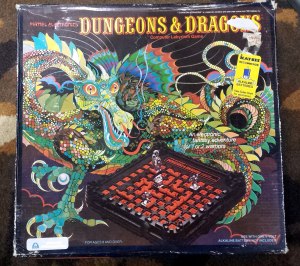
I don’t have my original box, but the Geekway to the West library had a copy, so I snagged a picture of the box art. How cool is it that Geekway to the West has this in their library? I know the owner of the game. He is equally cool and a Geekway organizer.
As luck would have it, I was good enough that year and Santa read my list, delivering the game for Christmas, 1981. Problem solved and I was ecstatic. How could you not be excited to have an electronic version of the game you couldn’t play because you didn’t have enough people? This was the secret key I was looking for. The key to solo play! Aside from the somewhat out-of-place, Asian-styled dragon on the box cover, it looked fantastic. The picture depicted, two warriors, a treasure and a menacing dragon, all lurking around the dark grey plastic and red grid playing field. Come to find out, that cover photo might not have been completely representative of game play…
Components:
Honestly, I still think the components were pretty solid, particularly for 1981. The game casing resembles a castle, which is pretty cool when you think about the fact that you are exploring a dungeon, of which the game board in the center of shell represents. It also has a storage “Dungeon,” that slides out from the side, to hold the rules and playing pieces. The playing area is composed of 64 red, touch sensitive squares, each decorated with fantasy art; 16 different images that repeat in 4 quadrants. The playing pieces consist of a bunch of plastic wall pieces, three green markers (one for each players’ secret room and a treasure marker), and what might have been the coolest component – four metal miniatures. Miniatures aside, there is not much to the components as far as flair goes, but the walls do a great job of helping you visualize the dungeon unfolding before you for the (SPOILER) brief period you get to play before the game utterly clobbers you. The miniatures were fantastic for the time, at least to 10-year-old Toby. They may not have been to most exquisite, but keep in mind, miniatures weren’t available like they are today and the detail in general was much lower. They were almost always made of white metal, expensive and hard to find, especially in a small Midwestern Town. I loved them, none-the-less, and at least the dragon looked better than what was on the box art. I had great plans to paint them, adding to the realism of the game. Thus started a long and dubious history of unfinished miniature painting projects.
Game play:
The goal of the game speaks to the essence of Dungeons & Dragons. Find your way through the labyrinth, find and steal the secret treasure, then make your way back to your secret room (starting location) without waking the dragon and subsequently suffering the dragons wrath. When you start the game, you pick your secret room by pressing one of the 64 squares and then marking it with the proper green token. This is your safe zone, where the dragon cannot see you and where you go to win the game if you ever find and acquire the treasure. The computer then generates a dungeon, consisting of 50 randomly arranged walls; no two losses are alike! Each turn you can move orthogonally up to 8 spaces, or until you run into a wall. The game lets you know this has happened by emitting a sound similar to an electronic penny dropping on the floor. After the sound, you back up one square and mark the wall with one of the pieces. After each turn, the computer checks to see if you have wandered too close to the treasure, thus awaking the dragon. If not, you repeat the process, slowly building out the labyrinth, until you are three squares or closer to the treasure room (in any direction). This is where the dragon is sleeping, and as dragons are wont to do, this one sleeps with one eye open (it says so in the rules). Getting too close to the treasure awakens the dragon and makes him quite grumpy. From here on out, after each players turn, the dragon flies toward the closest player. He can fly in any direction, even diagonally, and flies through walls (what the hell is up with that?). If he reaches a player, the dragon attacks, sending them back to their secret room and dropping their move ability down to six spaces. The warrior again tries to get the treasure, now with a dragon hot on their heels. The second dragon attack drops the player down to four moves, then the inevitable third attack results in utter defeat.
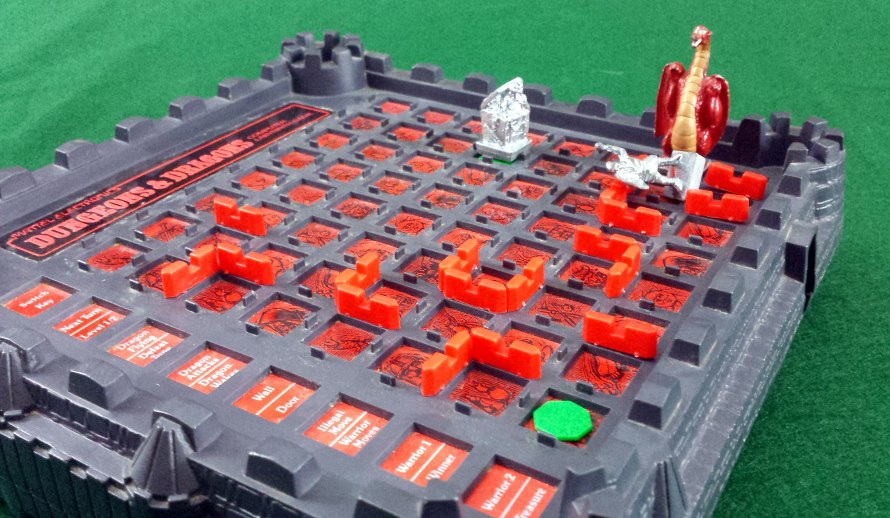
At least in this game, I was able to actually locate and grab the treasure before I became dragon dinner
The game is brutally difficult. It had to be play tested by members of the Spanish Inquisition, because that’s the only way someone would have given any sort of green light to the difficulty level. As a matter of fact, Pandemic and Robinson Crusoe WISH they were this difficult.
The gameplay I described above only relates to the basic game. There is an Advanced setting. As if 50 randomly generated, invisible walls weren’t tough enough, the advanced game introduces secret doors, which also impede your progress and end your turn. Here’s the rub. The computer determines where the doors are located and will also shut them for an indeterminate amount of time! To clarify, not only can you not see any walls, but then they want to throw some invisible doors that may or may not be closed when you go back through. Thank you sir, may I have another?
I have only played this game solo. It was hard enough to find anyone to play the actual D&D game with me, why would I want to alienate someone even further by having them get pummeled electronically? The main difference between solo and two player is that you are playing head to head and can attack each other and steal the treasure (if they have it), which I would imagine occurs almost never, since you both will be too busy getting harassed by the flying-through-the-wall dragon. I would estimate that I have played this game at least a hundred times, despite the difficulty, and only remember winning once. Hey, if I wanted something easy, I would play Pandemic, right? At least Pandemic gives you a shot at executing a solid strategy.
Strategy:
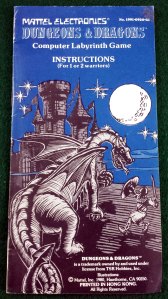 The rule book was nice enough to come with a section on game strategies, though it focused mainly on the two player game. The main, and arguably only strategy, is to move around the grid surrounding your secret room. Continue to do this, expanding the area explored and identifying walls, until you hear the Dragon Wakes sound. This interestingly enough, sounds quite similar to the electronic version of a creaking door. After that, well, good luck.
The rule book was nice enough to come with a section on game strategies, though it focused mainly on the two player game. The main, and arguably only strategy, is to move around the grid surrounding your secret room. Continue to do this, expanding the area explored and identifying walls, until you hear the Dragon Wakes sound. This interestingly enough, sounds quite similar to the electronic version of a creaking door. After that, well, good luck.
BoardGameGeek has a user created hints and strategies document that offers another nugget of advice. It advises you pick a secret room near the center of the grid. This makes it easier to get back to your secret room from anywhere on the board. Outside of that, the other strategy the document expounds is not much more than exploiting a loophole in the programming. Once you are attacked the first time and sent back to your secret room where the dragon can’t see you, it instructs you to hit the Next Turn button up to 8 times, thus sending the dragon back to the treasure room for a quick nap; it can’t see you in your secret room and each time you hit Next Turn, it performs a check and upon not finding you, starts heading back to the treasure. Funny enough, this still doesn’t guarantee you a victory, just a better chance.
Conclusion:
Is it a good game? Not really. I would bet lunch that the gameplay was created more as a work around to the limitations of the technology more than because someone thought it would be engaging. The result might have been the best they could come up with, but then again, maybe not. The treasure miniature may never see the game board, since finding the treasure room is quite difficult. Hell, you never even really get to place the dragon on the board! You are welcome to place it in a location where you think the dragon might be. The only time you know for sure is when he attacks you. Place the miniature on that square and in one turn, it’s no longer accurate. Basically, you are at a disadvantage as soon as you select your secret room and officially start the game. I thought for a while that I just sucked at the game, that it was just me, but a quick search on the internet validated that the entire population of people who played the game have the same opinion.
The strange part is, I kind of like the game and always have. It definitely has a place in my heart for it’s sheer pop culture value. It looks damn cool, too, and completely 80’s. Who doesn’t love the Mattel Electronics font? I have always thought the presentation quite nifty and it’s fun to see the dungeon appear as you start to explore. One could make an argument that uncovering the dungeon as you progress is a very early precursor to the mechanic a lot of dungeon crawl board games use, flipping over tiles to create the dungeon as you explore. It certainly didn’t replace the actual RPG, nor was it everything that I had imagined in my mind it would be, but it did keep me captivated for a number of years. It gave me a taste of Dungeons & Dragons, albeit an abstract taste. Something about the game was still able to burrow deep into my imagination, dragon warts and all.
When I am perusing the shelves for a game, I still often give it a glance, sitting on top of my other D&D board games. I usually pause for a moment to think about all the hours I spent messing around with the game. Every so often, I pull it off the shelf and plug in a 9-volt battery. I slide out the storage compartment and pull out the figures. Now, instead of plotting to finish the paint job, I contemplate whether I could strip the paint on the dragon away to reveal the original, unpainted figure. I flip the switch. Without pause and like an old friend, it beeps it’s little hello at me, then proceeds to kick my ass for about half an hour before I put it back on the shelf. Just like old times.
Categories: Games, Gaming, Reviews, RPG's, Vintage Gaming
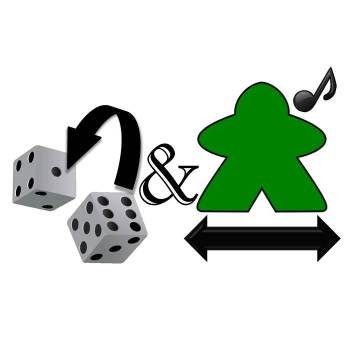
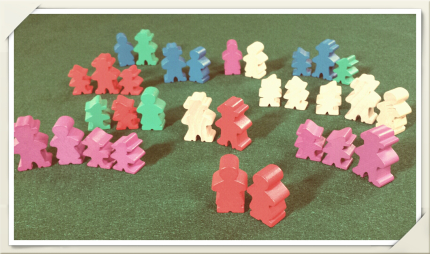
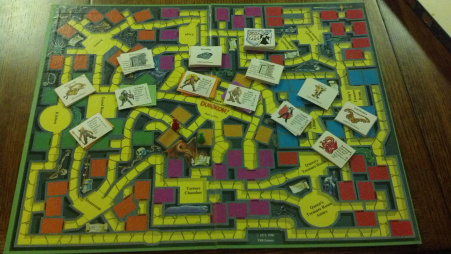
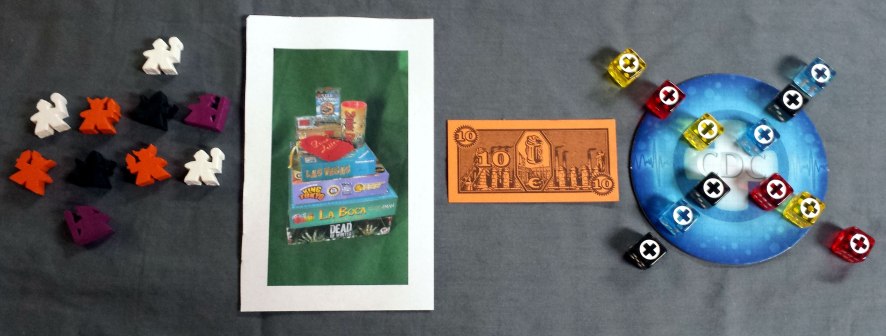

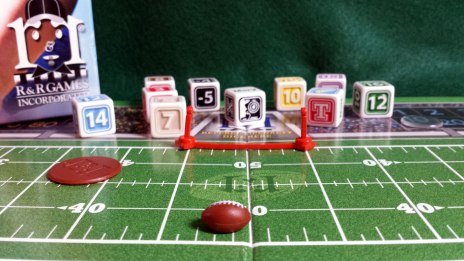
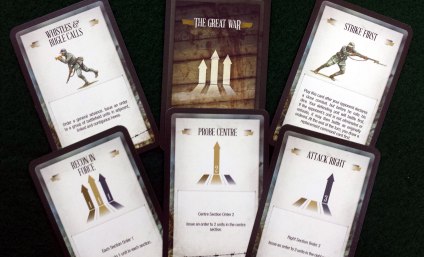
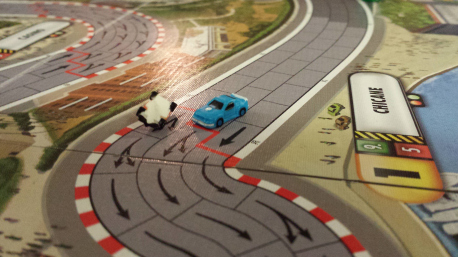
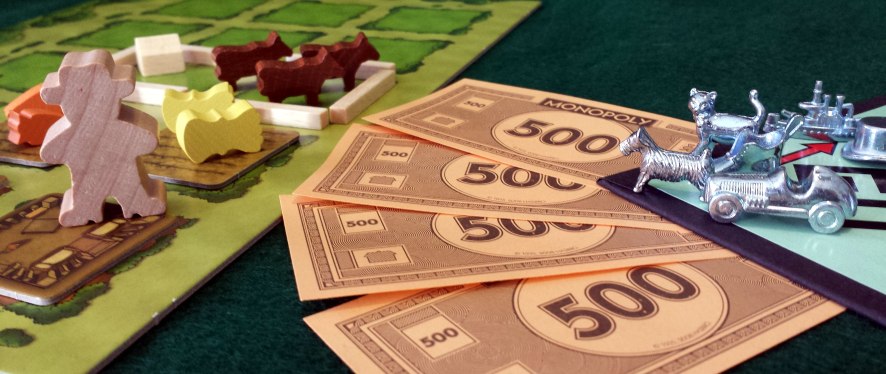
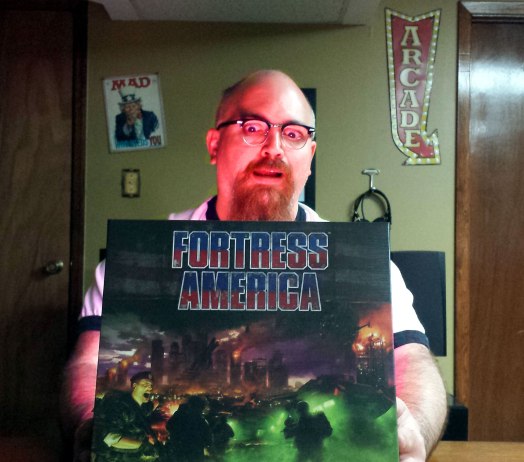
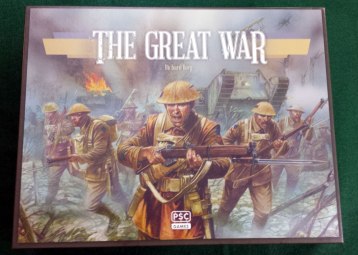
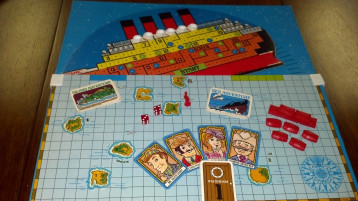
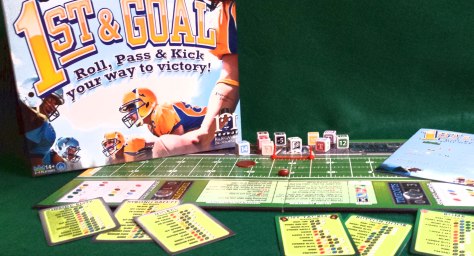
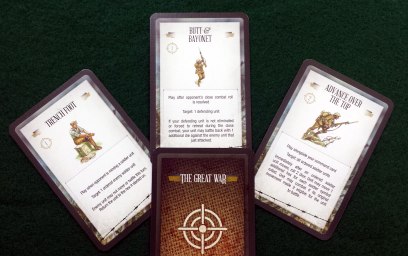
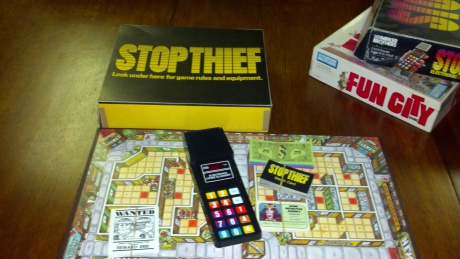
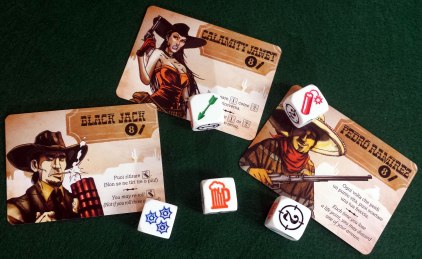
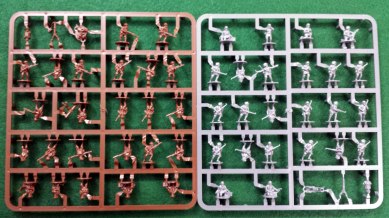
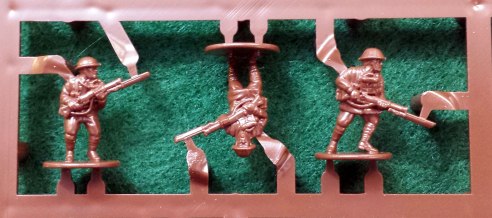
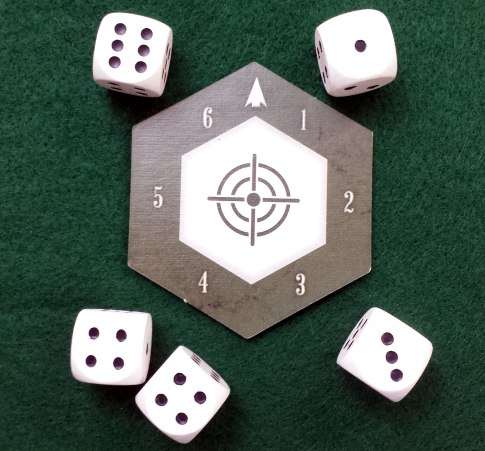
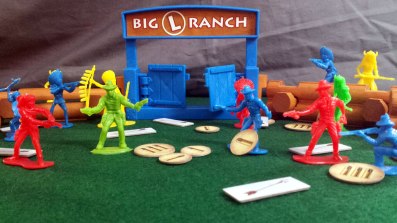
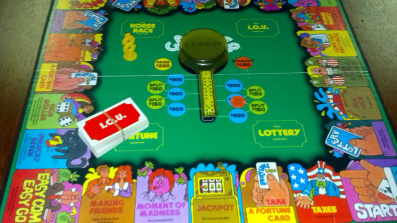
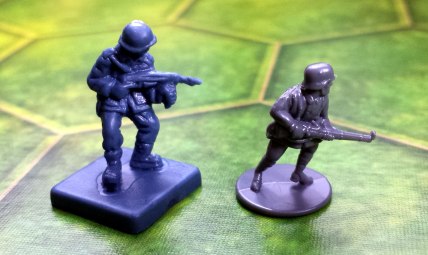
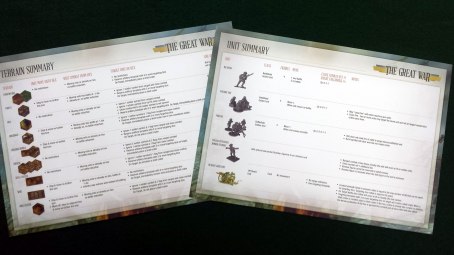
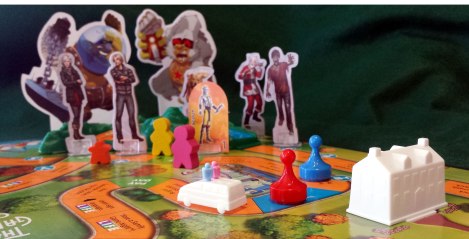
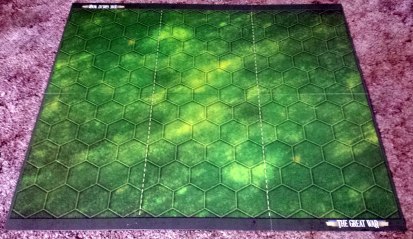
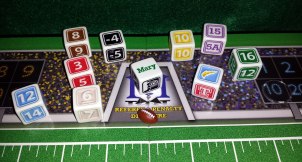
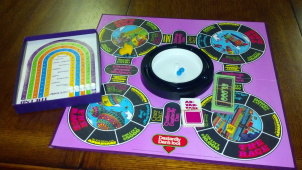

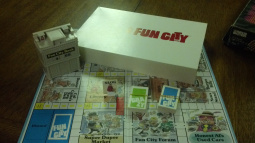
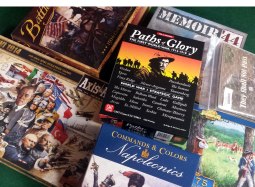
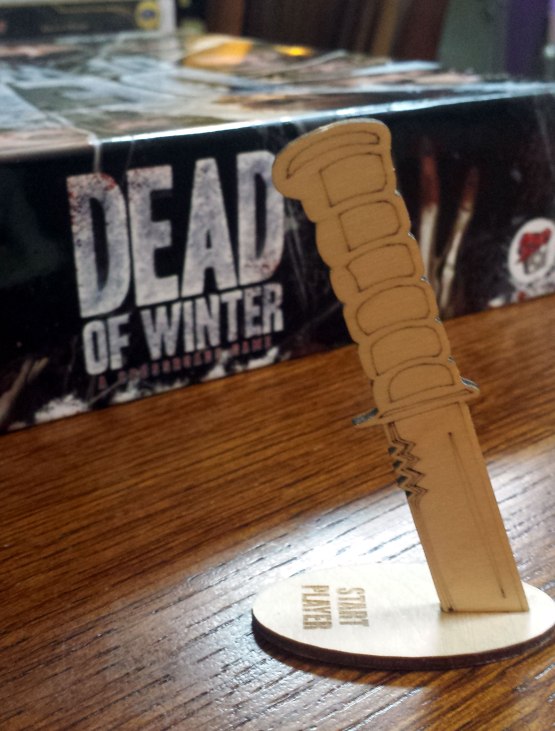

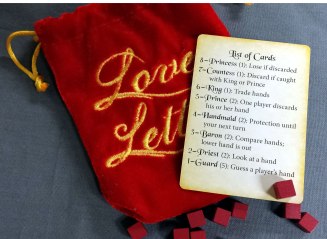
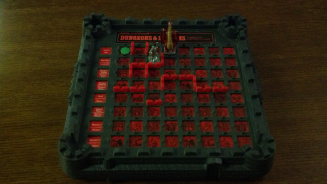
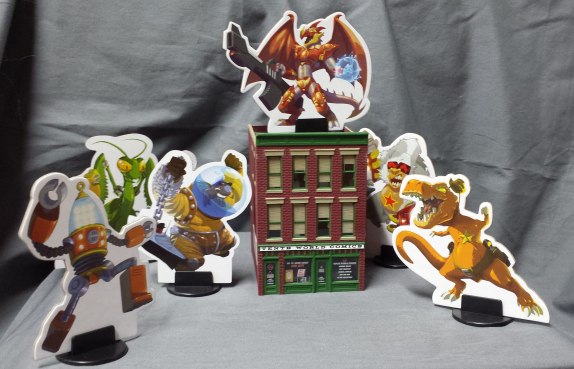
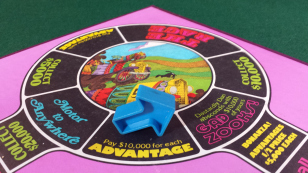
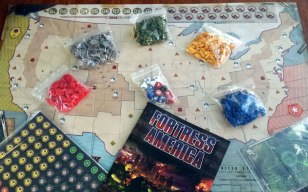
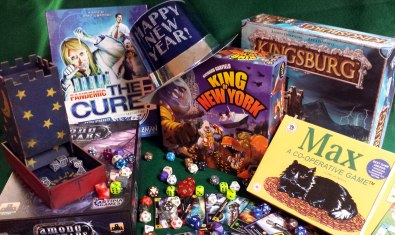
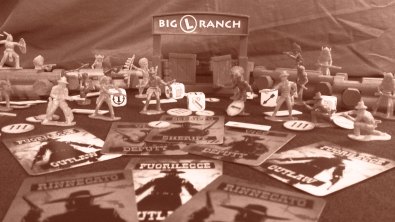
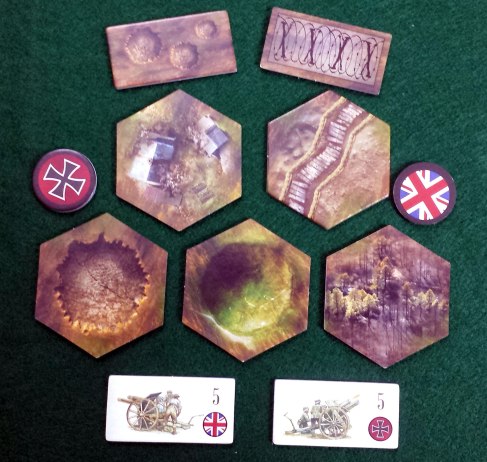

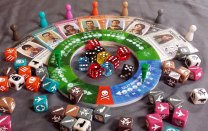
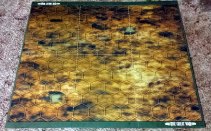
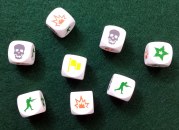
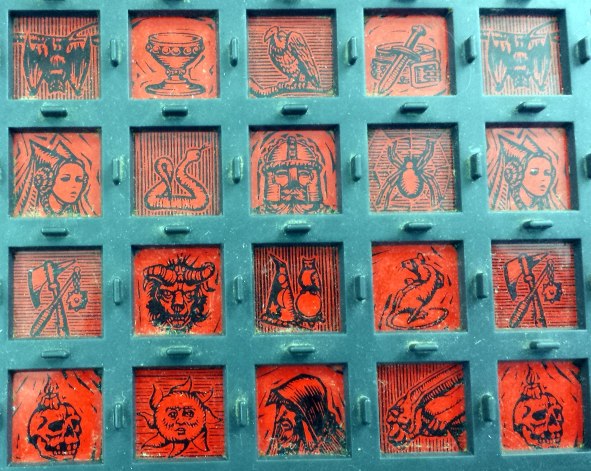

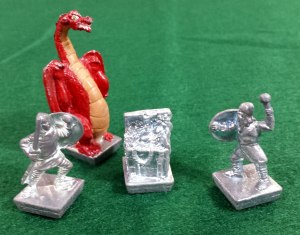
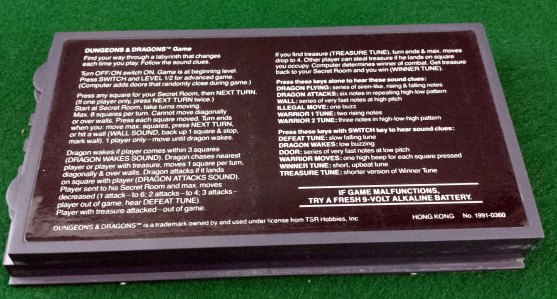
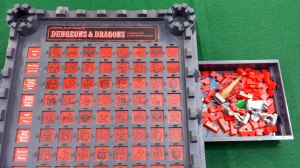
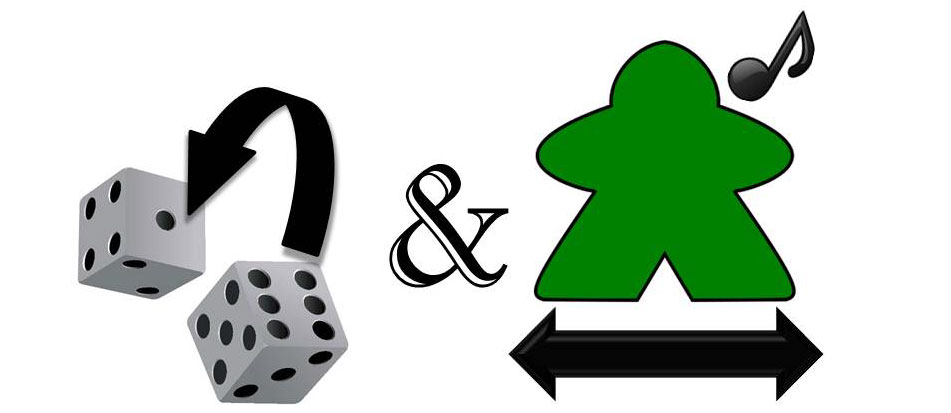
I was lucky enough to own this game and work at ThinkGeek at the same time — I had plenty of opportunities to play multiplayer! It’s pretty fun.
LikeLike